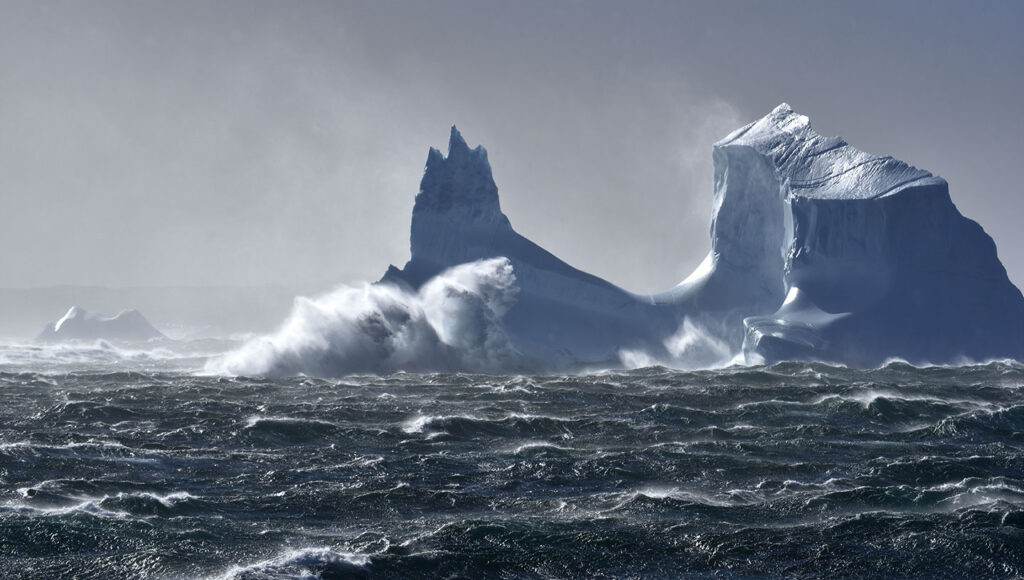Questions for “From icebergs to smoke, forecasting where dangers will drift”

Icebergs are just one of many things that drift through our world. Scientists are studying drifting ice, smoke and invasive species to better know where these dangers may lie.
TCYuen/ Moment Open /Getty Images